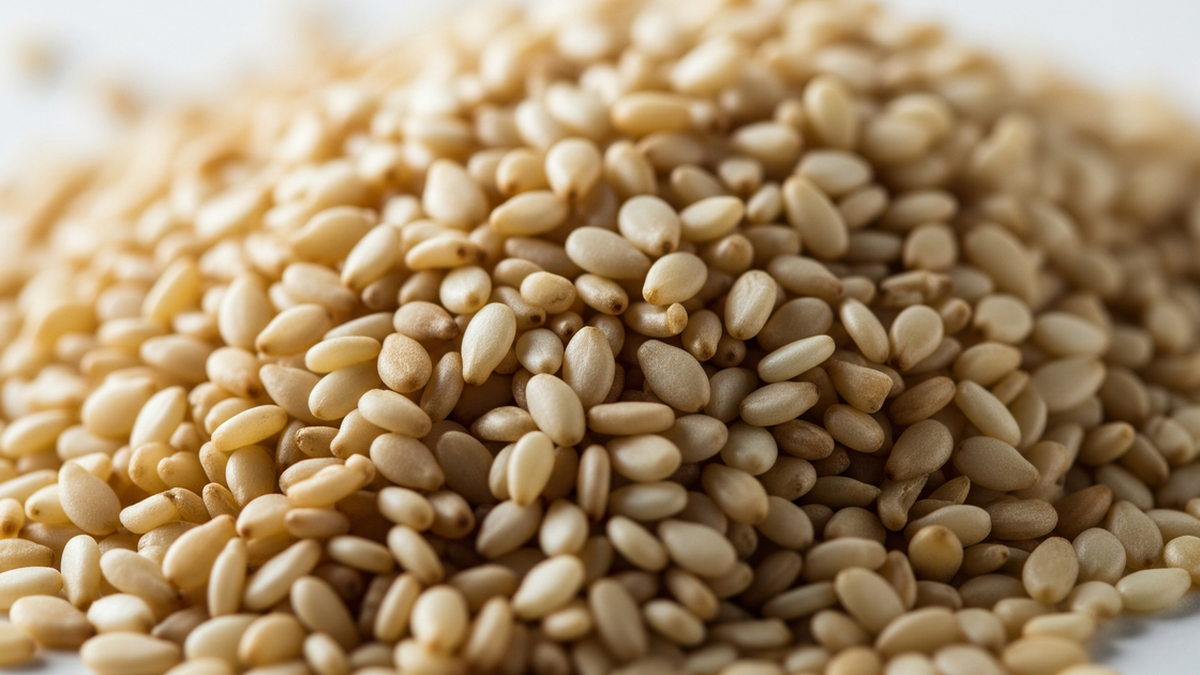On the afternoon of July 9, the Ho Chi Minh City Department of Tourism announced that after merging with localities ( Binh Duong and Ba Ria-Vung Tau), the city owns 681 resources that can potentially become tourist destinations.
Along with that, according to the city's Department of Tourism , with a population of more than 14 million people, Ho Chi Minh City has become the largest domestic tourism market in the country, not only in terms of quantity but also in terms of demand differentiation.
Among them, young workers have high demand for short-term products, weekend vacations, and nighttime entertainment; young families with small children often seek experiences close to nature, life skillseducation , visits to craft villages, farms, and museums.
Meanwhile, middle-aged and elderly people prefer traditional cultural tours, coastal resorts or health tourism; while organizations, businesses and schools also create stable demand for conference, academic, exhibition and thematic tourism products. This is a source of domestic customers with great purchasing power, regular demand and little seasonal fluctuations, an advantage that not all destinations have.
According to a representative of the Ho Chi Minh City Department of Tourism, with diverse resources, a large market, and complete infrastructure, the city is facing the opportunity to transform strongly to become a multi-center, modern, and sustainable tourism center of the country as well as the region.
Therefore, Ho Chi Minh City's tourism industry is perfecting typical product groups, organized according to the axis of linked experiences, such as the prominent journey "From the city along the river to the sea" - connecting the central urban spaces, riverside ecological areas and coastal resorts in a continuous route; or the "Sea Culture" chain - repositioning coastal destinations associated with beliefs, heritage and ecology... In particular, thematic products such as cuisine, night tourism, and craft villages are also being gradually developed by Ho Chi Minh City's tourism industry to personalize the experiences of domestic and foreign tourists.
It is noted that in recent times, a series of major events have also been upgraded and repositioned, such as the Ho Chi Minh City International Travel Expo (ITE HCMC) which continues to be a hub connecting international and regional markets.
Or the City Tourism Week is expanded to the entire region, associated with new products and new destinations; Ho Chi Minh City River Festival; Ho Chi Minh City International Marathon and a number of cultural festival chains will contribute to repositioning the image of a dynamic, creative and unique city.
In its positioning strategy to 2030, Ho Chi Minh City aims to become the leading tourism center in Southeast Asia, a high-class tourist destination that not only attracts tourists but also inspires and motivates innovation for the Vietnamese tourism industry. Therefore, after the merger, the city has more capacity to develop more unique products on a large scale.
The city's Department of Tourism is actively adjusting its development strategy to 2030 by adding resources from the new geographical area, establishing the core values of the Ho Chi Minh City Tourism brand, promoting institutional reform and integrating digital technology in tourism activities.
Typically, the inter-regional infrastructure system, connecting traffic, along with high reception capacity... allow Ho Chi Minh City to create a special economic - tourism space, hosting a variety of cultural, sports, and educational events of international stature./.
Source: https://www.vietnamplus.vn/tp-ho-chi-minh-dat-muc-tieu-tro-thanh-trung-tam-du-lich-hang-dau-dong-nam-a-post1048815.vnp



















































![[Maritime News] More than 80% of global container shipping capacity is in the hands of MSC and major shipping alliances](https://vphoto.vietnam.vn/thumb/402x226/vietnam/resource/IMAGE/2025/7/16/6b4d586c984b4cbf8c5680352b9eaeb0)













































Comment (0)